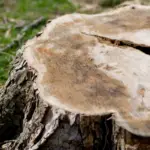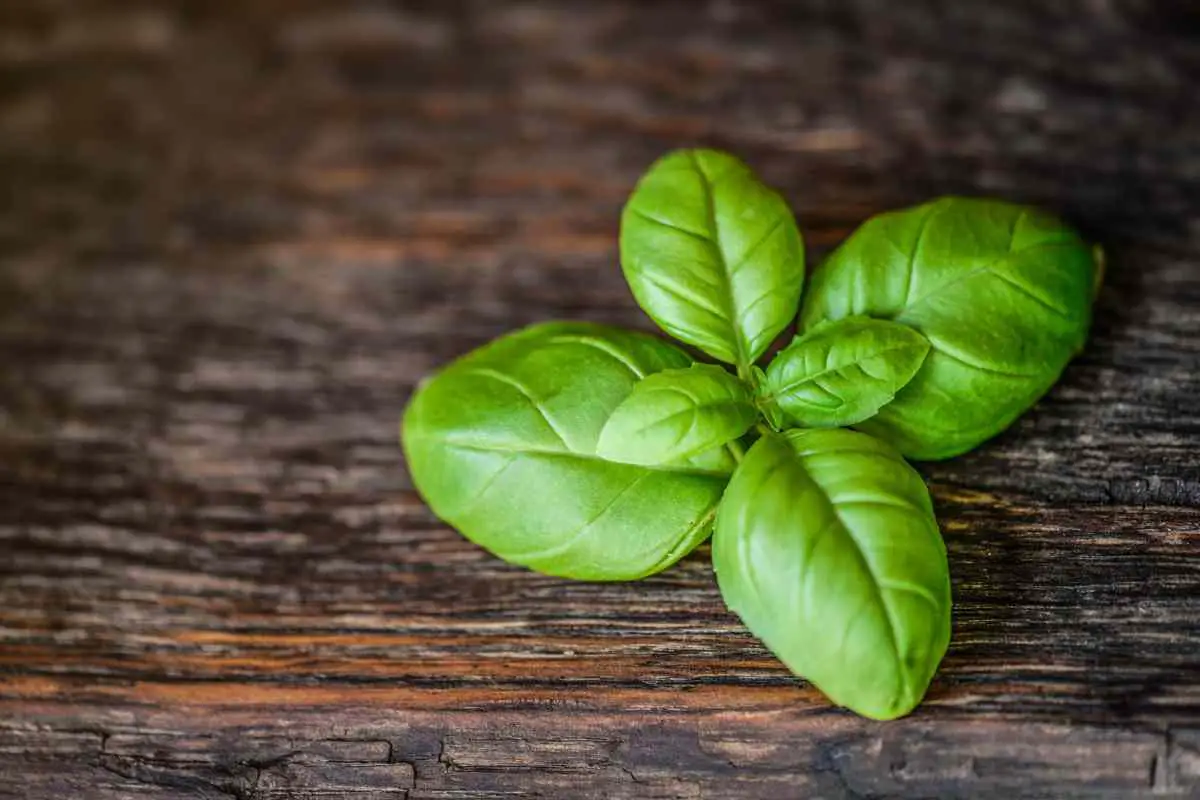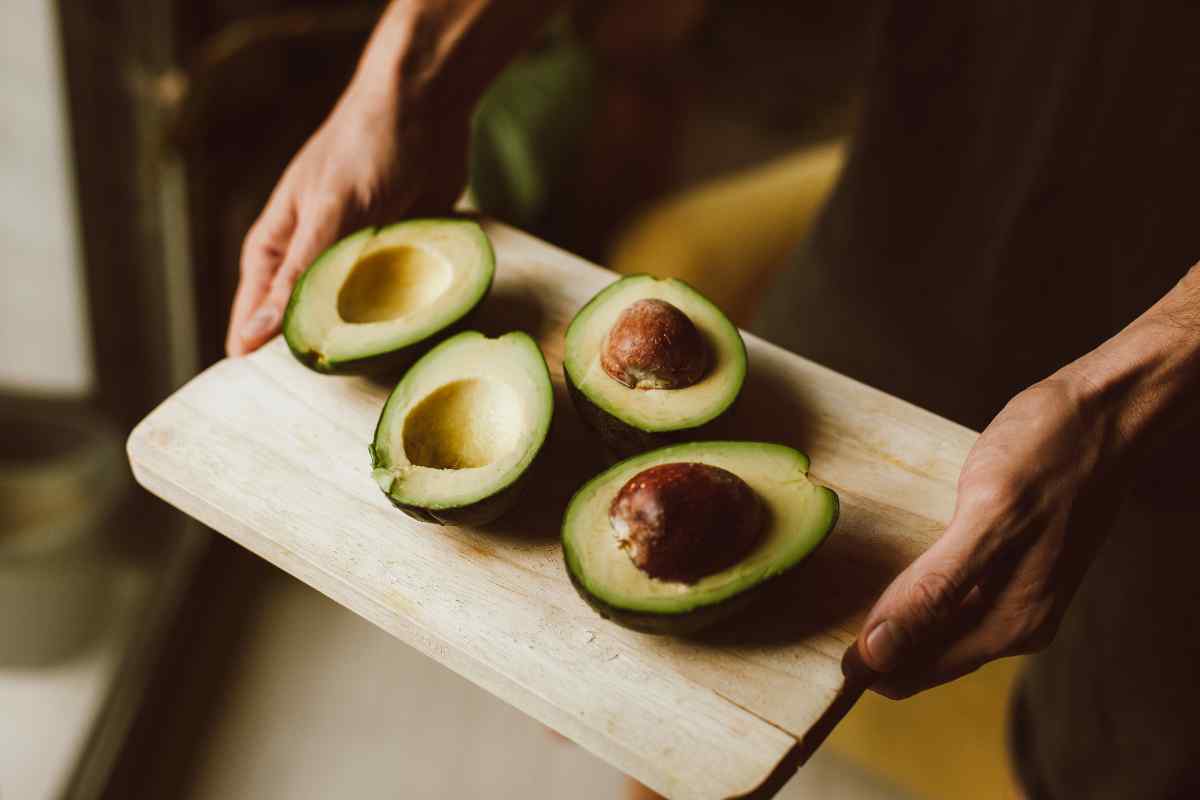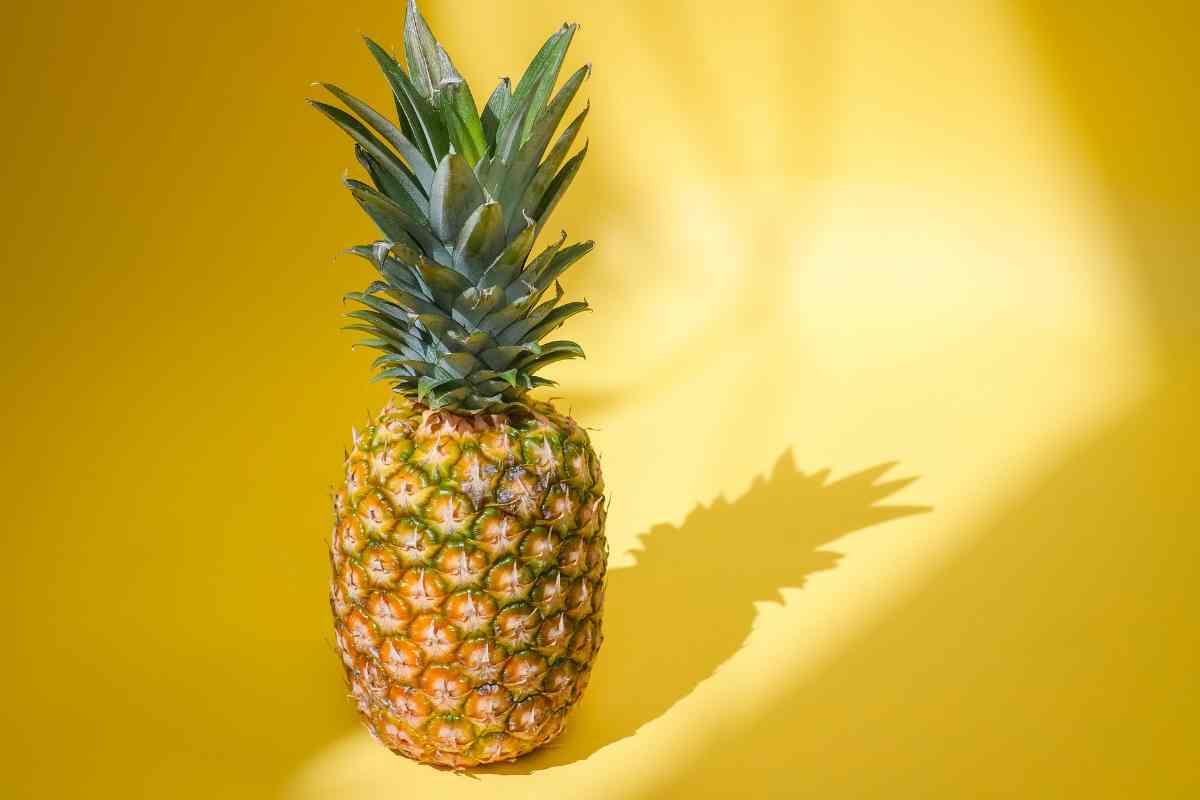Growing herbs is an excellent way to add fresh flavors and aromas to your favorite dishes. Not only do they taste great, but they can also be used for medicinal purposes and have many health benefits.
If you’re new to gardening, starting an herb garden is a great place to begin. Many easy-to-grow herbs are perfect for beginners and require minimal maintenance.
When choosing herbs to grow, it’s important to consider your growing conditions. Most herbs prefer well-draining soil and plenty of sunlight, but some can thrive in partially shaded areas.
Additionally, some herbs prefer drier soil while others require more moisture. By selecting the right herbs for your growing conditions, you can ensure a successful harvest.
In this article, we will introduce you to 10 of the easiest herbs to grow for beginners. These herbs are low-maintenance and can be grown in containers or the ground.
Whether you have a small balcony or a large garden, you can enjoy fresh herbs all year round.
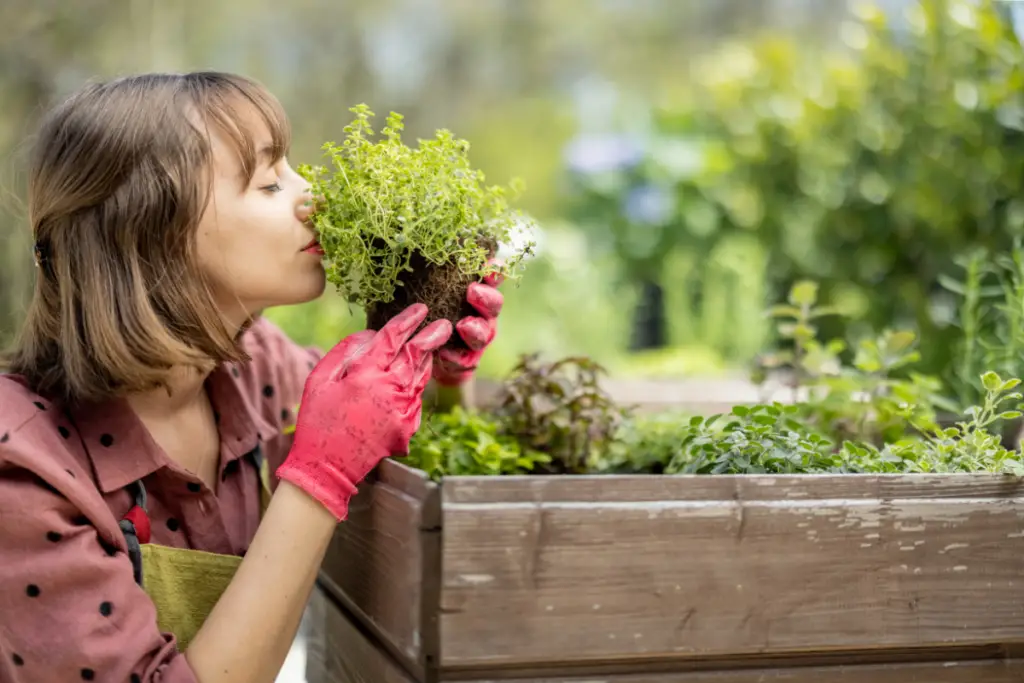
Table of Contents
10 Easy-to-Grow Herbs for Beginners
Growing herbs at home is a great way to add fresh flavors to your meals. However, if you’re new to gardening, it can be challenging to know where to start.
The good news is that many easy-to-grow herbs are perfect for beginners.
Here are ten herbs that are easy to grow and care for, even if you have little gardening experience.
1. Basil
Basil is a popular herb that is easy to grow. It is an annual plant that requires full sun and well-draining soil. Basil can be grown from seed or purchased as a seedling.
It is best to plant basil in the spring after the last frost. Basil is a versatile herb that can be used in many dishes, including pasta, salads, and pesto.
2. Chives
Chives are a member of the onion family and are easy to grow. They are a perennial herb that requires full sun and well-draining soil.
Chives can be grown from seed or purchased as a seedling. They are best planted in the spring or fall.
Chives have a mild onion flavor and can be used in many dishes, including soups, salads, and omelets.
3. Cilantro
Cilantro is an herb that is used in many Mexican and Asian dishes. It is an annual plant that requires full sun and well-draining soil.
Cilantro can be grown from seed or purchased as a seedling. It is best to plant cilantro in the spring or fall.
Cilantro has a unique flavor that is either loved or hated. It is commonly used in salsa, guacamole, and curry.
4. Dill
Dill is an herb that is commonly used in pickling. It is an annual plant that requires full sun and well-draining soil.
Dill can be grown from seed or purchased as a seedling. It is best to plant dill in the spring or fall.
Dill has a unique flavor that is similar to licorice. It is commonly used in pickles, dips, and fish dishes.
5. Lemon Balm
Lemon balm is an herb that has a lemony scent and flavor. It is a perennial plant that requires full sun, partial shade, and well-draining soil.
Lemon balm can be grown from seed or purchased as a seedling. It is best to plant lemon balm in the spring or fall. Lemon balm is commonly used in teas, salads, and desserts.
6. Mint
Mint is an herb that is commonly used in teas and desserts. It is a perennial plant that requires full sun, partial shade, and well-draining soil.
Mint can be grown from seed or purchased as a seedling. It is best to plant mint in the spring or fall.
Mint has a refreshing flavor that is commonly used in teas, salads, and desserts.
7. Oregano
Oregano is an herb that is commonly used in Italian and Greek dishes. It is a perennial plant that requires full sun and well-draining soil.
Oregano can be grown from seed or purchased as a seedling. It is best to plant oregano in the spring or fall.
Oregano has a strong flavor that is commonly used in pizza, pasta, and tomato-based dishes.
8. Parsley
Parsley is an herb that is commonly used as a garnish. It is a biennial plant that requires full sun, partial shade, and well-draining soil.
Parsley can be grown from seed or purchased as a seedling. It is best to plant parsley in the spring or fall.
Parsley has a mild flavor that is commonly used in soups, salads, and sauces.
9. Rosemary
Rosemary is an herb that is commonly used in Mediterranean dishes. It is a perennial plant that requires full sun and well-draining soil.
Rosemary can be grown from seed or purchased as a seedling. It is best to plant rosemary in the spring or fall.
Rosemary has a strong flavor that is commonly used in roasted meats, potatoes, and bread.
10. Thyme
Thyme is an herb that is commonly used in Mediterranean and French dishes. It is a perennial plant that requires full sun and well-draining soil.
Thyme can be grown from seed or purchased as a seedling. It is best to plant thyme in the spring or fall.
Thyme has a strong flavor that is commonly used in soups, stews, and roasted meats.
Benefits of Growing Herbs
Growing herbs is a rewarding and beneficial activity for beginners. Not only do herbs add flavor and aroma to dishes, but they also offer a range of health benefits and cost savings.
Health Benefits
Herbs are packed with vitamins, minerals, and antioxidants that are essential for good health.
Consuming fresh herbs regularly can help boost the immune system, aid digestion, and reduce inflammation.
For example, basil contains high levels of vitamin K, which is important for healthy bones and blood clotting.
Mint is known for its calming properties and can help alleviate stress and anxiety. Thyme has antiseptic properties and can help fight off infections.
Cost Savings
Growing herbs at home can save money on grocery bills. Fresh herbs can be expensive to buy and often come in large quantities, which can be wasteful if not used quickly.
By growing herbs at home, beginners can ensure a steady supply of fresh herbs at a fraction of the cost.
Additionally, herbs can be grown in small spaces such as windowsills, balconies, or small gardens, making them accessible to anyone.
In summary, growing herbs is a simple and rewarding activity that offers a range of health benefits and cost savings.
By incorporating fresh herbs into their diet, beginners can improve their overall health and well-being while enjoying the delicious flavors and aromas of these versatile plants.
Choosing the Right Herbs
When it comes to choosing the right herbs for beginners, there are a few things to consider. Here are two important factors to keep in mind:
Consider Your Climate
Different herbs thrive in different climates, so it’s important to choose herbs that will grow well in your area.
For example, if you live in a hot and dry climate, consider herbs like rosemary, thyme, and oregano, which are drought-tolerant and can handle the heat.
On the other hand, if you live in a cooler climate, consider herbs like parsley, cilantro, and chives, which prefer cooler temperatures.
Consider Your Space
Another important factor to consider is the amount of space you have available. If you have limited space, consider growing herbs in containers.
This allows you to grow herbs even if you don’t have a garden or outdoor space. Some herbs that do well in containers include basil, mint, and parsley.
If you do have a garden or outdoor space, consider the size of the space and how much sunlight it gets.
Some herbs, like basil and parsley, prefer partial shade, while others, like rosemary and thyme, prefer full sun. Be sure to choose herbs that will thrive in the amount of sunlight your space gets.
By considering your climate and space, you can choose the right herbs for your needs and set yourself up for success as a beginner herb gardener.
Conclusion
In conclusion, growing herbs is a rewarding and accessible endeavor for beginners. By starting with easy-to-grow herbs, you can develop your green thumb and enjoy the benefits of fresh, aromatic flavors in your cooking or soothing herbal remedies.
The ten herbs we explored – basil, chives, mint, parsley, rosemary, thyme, cilantro, dill, oregano, and sage – offer a diverse range of tastes, smells, and medicinal properties that can enhance your culinary adventures and overall well-being.
Remember to provide these herbs with proper care, including adequate sunlight, water, and soil conditions.
With a little patience, practice, and a nurturing mindset, you’ll soon be harvesting your very own homegrown herbs, taking pride in your flourishing garden, and enjoying the delightful flavors and fragrances they bring to your daily life.
- How to Build a Planter Box for Bamboo: A Step-by-Step Guide

- Can Robotic Lawnmowers Handle Steep Slopes?

- Do You Need a Specific Lawn for a Robotic Lawnmower? Expert Advice

- Are Robotic Lawnmowers Safe for Pets and Children? Safety Features of Robotic Lawnmowers

- Why Use Robotic Lawnmowers? Advantages of Using a Robotic Lawnmower

- Is the GARDENA SILENO City 300 Cordless or Corded? A Clear Answer











